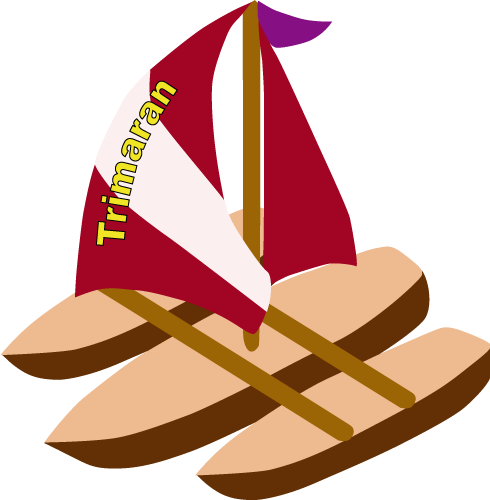Trimaran is an integrated VLIW compiler and simulator. The architecture space that Trimaran covers is characterized by HPL-PD, a parameterized processor architecture supporting predication, control and data speculation and compiler controlled management of the memory hierarchy. Trimaran includes a full suite of analysis and optimization modules, as well as a graph-based intermediate language. Optimizations and analysis modules can be easily added, deleted or bypassed, thus facilitating compiler optimization research. Similarly, computer architecture research can be conducted by varying the HPL-PD machine via the machine description language HMDES. Trimaran provides a detailed simulation environment and a flexible performance monitoring environment that automatically tracks the machine as it is varied. Trimaran is intended for researchers and educators interested in the following topics:
Compiler technology
- Instruction-Level Parallelism (ILP)
- Compiler Optimizations
- Code Generation Technology
- Instruction Set Customization
- Retargetable Compilation
Computer Architecture
- High-Performance Embedded Processors
- Application Specific Processors
- Very Long Instruction Word Processors (VLIW)
- Explicitly Parallel Instruction Computing (EPIC)
- Design Space Exploration
Trimaran is distributed without charge for non-commercial use.
Trimaran was a collaborative effort in the 1990s between the Compiler and Architecture Research (CAR) Group (once a member of Hewlett Packard Laboratories), the IMPACT Group at the University of Illinois, and the ReaCT-ILP Laboratory at New York University (later CREST, the Center for Research on Embedded Systems and Technology at the Georgia Institute of Technology). Trimaran was subsequently actively developed and maintained by the CCCP Group at the University of Michigan, and the Commit Group at MIT.
